JAVIER YANES | Tungsteno
The COVID-19 pandemic has focused public attention on vaccines. However, when people speak about the discovery of these weapons to combat the scourge of the coronavirus, they may be unaware that nowadays vaccines are not discovered—they are the product of sophisticated biotechnologies that have had sufficient time to mature, but that were unthinkable a few decades ago. Thus, in 2021, vaccine technology is undoubtedly the star. But while we battle to emerge from this pandemic, we continue to be immersed in global challenges such as climate change and the digital transformation. Here we take a look back at some recent publications to keep you up to date with technology and innovation.
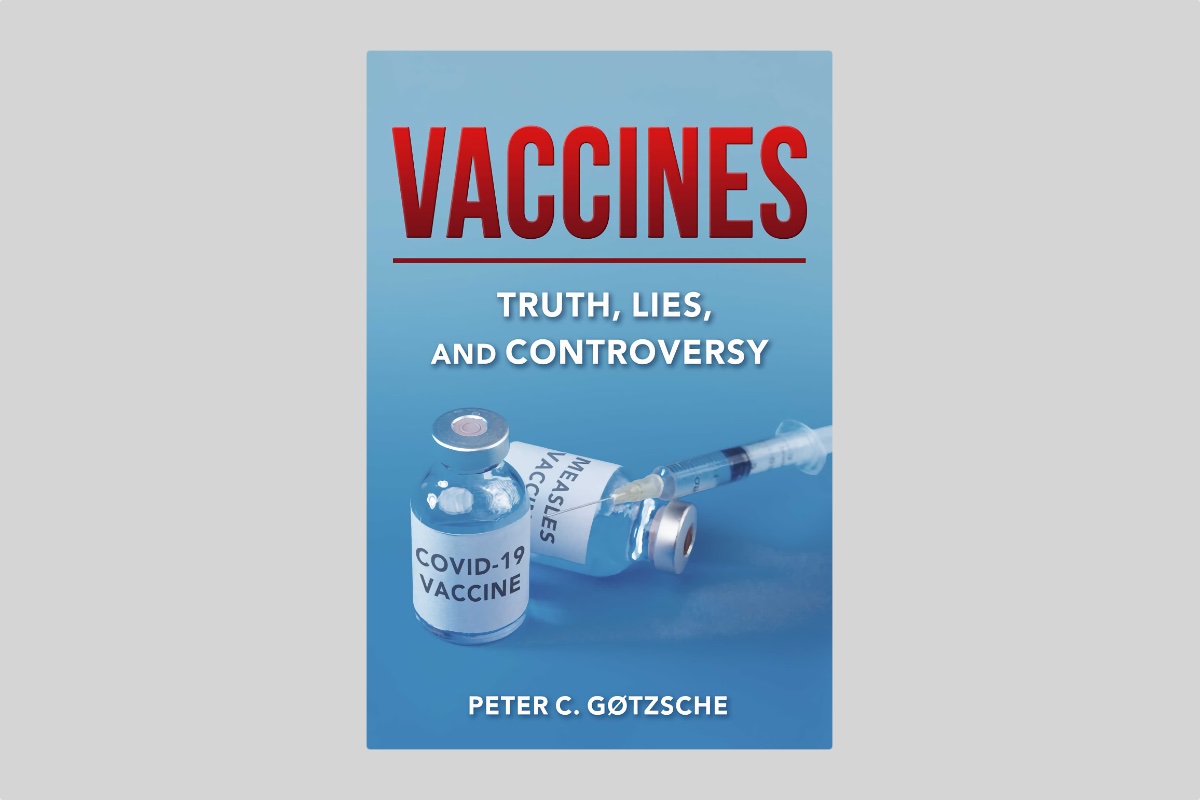
VACCINES: Truth, lies and controversy, Peter C. Gøtzsche (Skyhorse, 2021)
Essential reading in the time of vaccines
Anyone who has heard that the Danish scientist Peter Gøtzsche is a controversial figure in the scientific community, and who approaches his book on vaccines expecting to find arguments that reinforce their own denialist theses, will be rewarded. This is because, provided they keep an open mind, what they will really find is the path towards a change of mentality. And this may be especially valuable in terms of raising public awareness given Gøtzsche's critical attitude towards certain immunisations.
While Gøtzsche's scientific credentials are more than solid, the controversy stems from his fiercely critical stance against the pharmaceutical industry and the biomedical research establishment. On vaccines, Gøtzsche has argued against the flu and other such vaccinations whose risk-benefit ratio does not seem to him to be substantiated. On the other hand, and based on his scientific expertise that allows him to directly assess hard evidence without filters, he defends the measles vaccine as one of the greatest inventions of medicine, exposing the self-interested fraud that tried to link it to autism. And on COVID-19, his personal verdict is positive: the new vaccines save lives.
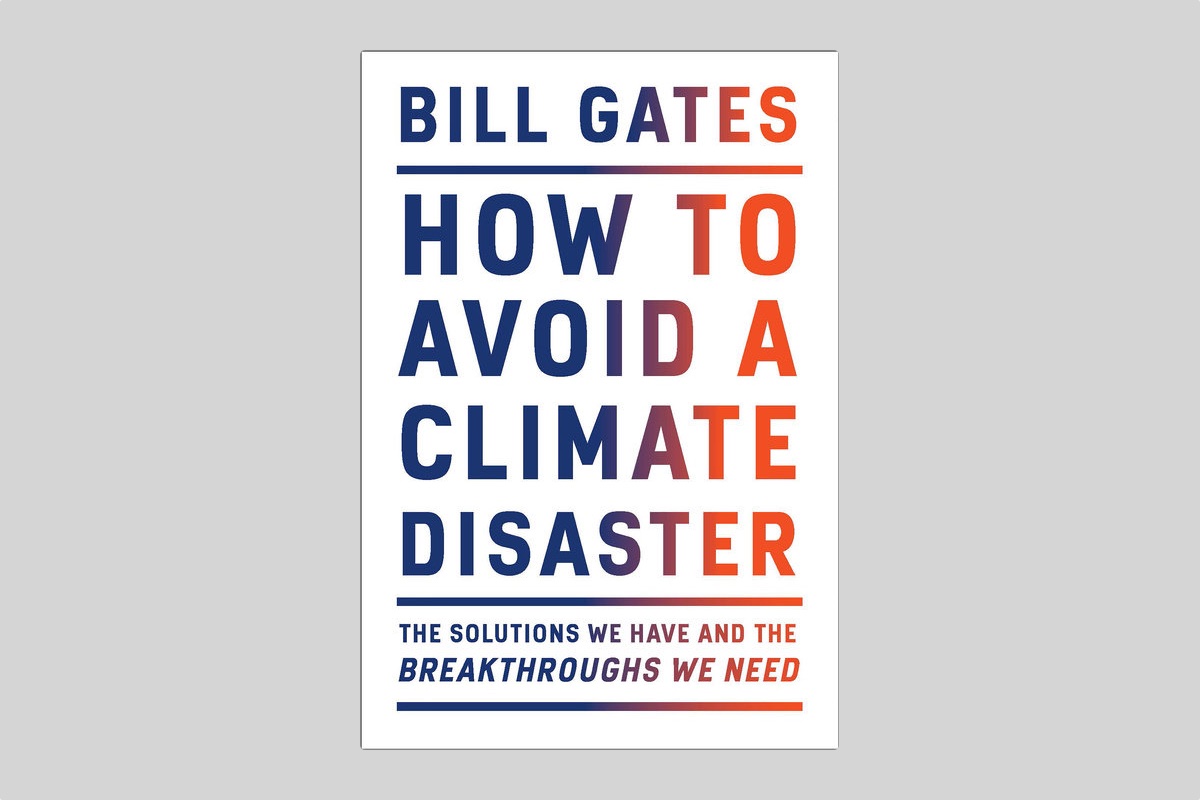
HOW TO AVOID A CLIMATE DISASTER: The Solutions We Have and the Breakthroughs We Need, Bill Gates (Penguin Random House, 2021)
Climate change, worse than the pandemic
Microsoft co-founder Bill Gates is one of the most influential people at the dawn of this century. If proof of this were needed, being one of the favourite obsessions of conspiracy theorists is a privilege reserved only for those who get their predictions right: his was one of the leading voices that warned years in advance of the risks of a major pandemic. Now, with the battle against COVID-19 somewhat on track thanks to vaccines, Gates turns the page to warn us about something, he says, whose global effects will be even worse: climate change.
While the message is no longer novel in this day and age, the warning from someone so far-sighted is an invitation to remember that climate change will still be with us after the pandemic, and that we have done little to curb it. Drawing on a decade’s worth of research, Gates' new book proposes a roadmap for achieving the goal of zero emissions, with technological change as the backbone. Not only do we need to boost clean energy generation and carbon sequestration, but we also need to develop new technologies in fields such as agri-food and industrial production. The conclusion is optimistic: it will not be easy, says the author, but it is possible.
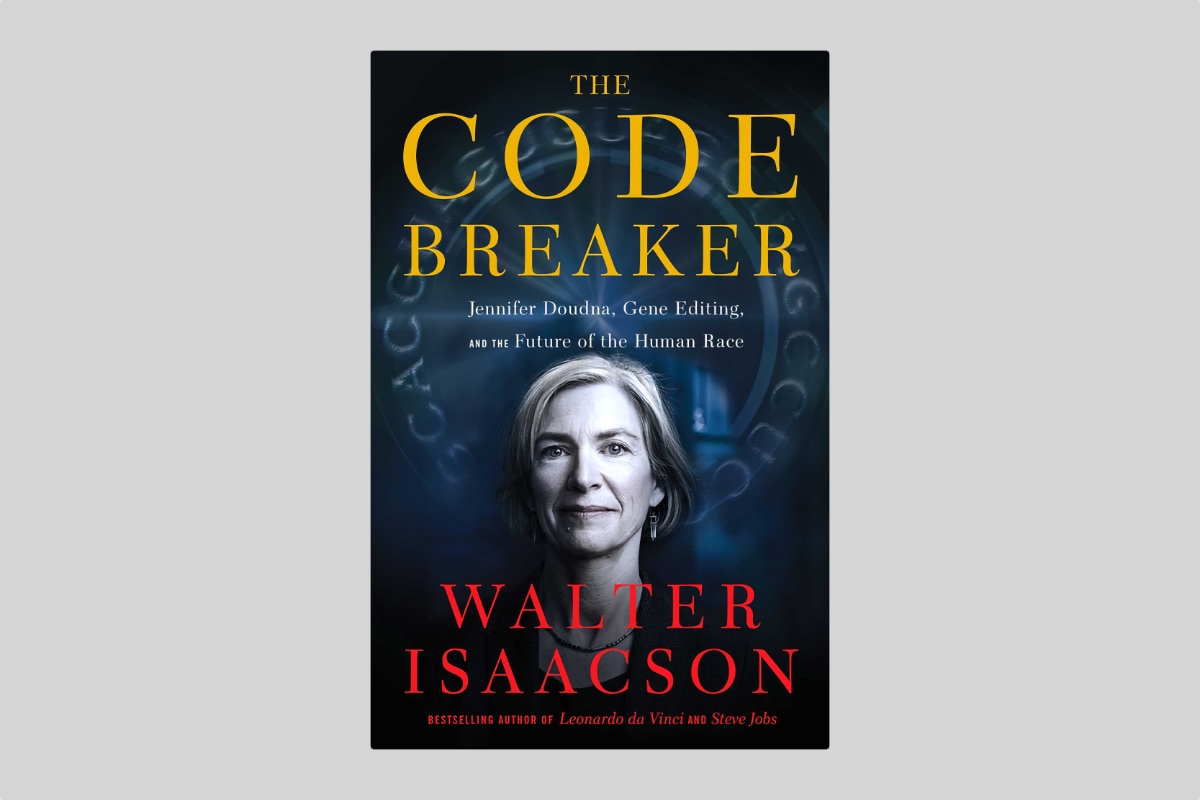
THE CODE BREAKER: Jennifer Doudna, Gene Editing, and the Future of the Human Race, Walter Isaacson (Simon & Shuster, 2021)
The present and future of human engineering
No one who follows the progress of science is unaware that the biotechnological revolution of the 21st century has a name: CRISPR, the gene-editing tool developed in 2012 by scientists Emmanuelle Charpentier and Jennifer Doudna. This DNA cut-and-paste system has amply demonstrated its immense potential in research; its clinical uses are still in the research phase and may have to await improved versions of the system, but CRISPR has already cleared the way for new therapeutic applications.
In his latest book, the renowned journalist and historian Walter Isaacson, author of acclaimed biographies of Steve Jobs, Albert Einstein, Leonardo da Vinci and Benjamin Franklin, focuses on the figure of Doudna to review the brief history and foundations of this new biotechnology, without ignoring the shameful disputes over its patents. He then delves into its promises and the ethical dilemmas raised by the possibility of applying CRISPR to human embryos to engineer our own species.
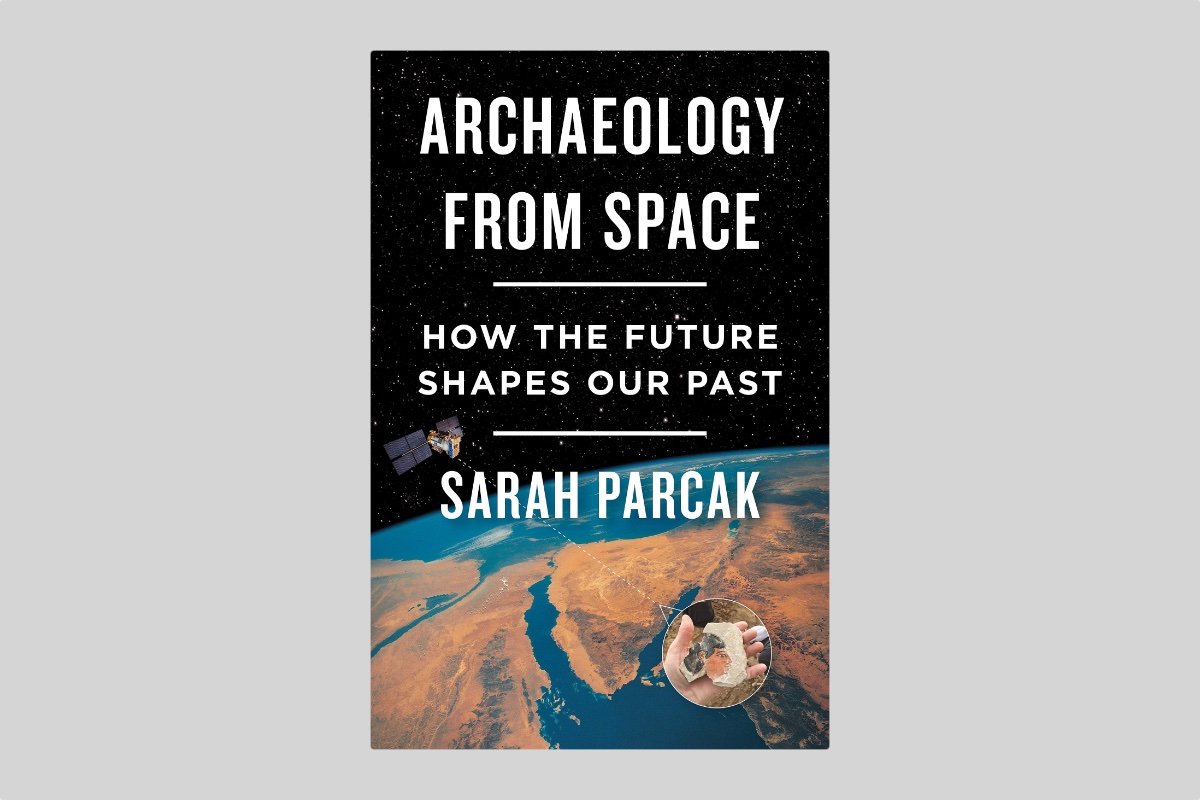
ARCHAEOLOGY FROM SPACE: How the Future Shapes Our Past, Sarah Parcak (Henry Holt & Co., 2019)
Whip, hat and... satellite
For many people, archaeology evokes whip-and-hat adventures, with an Indiana Jones brushing aside cobwebs and dodging snakes to penetrate spaces that no one has entered in a thousand years. But beyond the clichés of fiction, there is no doubt that an air of romanticism surrounds the work of archaeologists and their findings. But this doesn’t mean that this science cannot also benefit from the most innovative technologies. One example is Sarah Parcak's speciality: space archaeology.
As a pioneer in the use of satellite imagery in archaeological research, this Egyptologist invites us on a personal narrative journey through the birth and expansion of this peculiar methodology that allows archaeologists to discover the traces of ancient civilisations in places where their signs are not visible on the ground, and even in the depths of jungles or at the bottom of the sea. And all this without sacrificing the romanticism of confirming findings in the field.
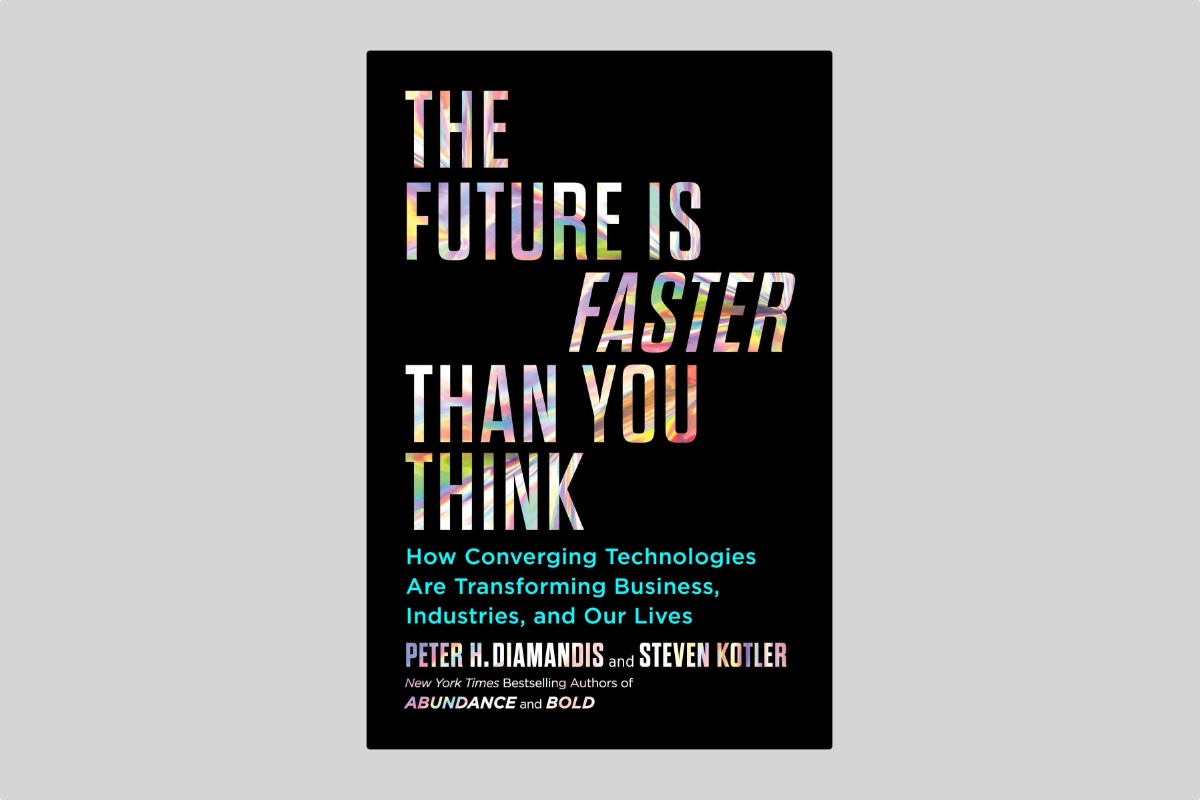
THE FUTURE IS FASTER THAN YOU THINK: How Converging Technologies are Transforming Business, Industries, and Our Lives, Peter Diamandis and Steven Kotler (Simon & Shuster, 2020)
The technological acceleration of the next decade
In 2012, technologist Peter Diamandis and science writer Steven Kotler published Abundance: The Future is Better Than You Think, an essay that countered postmodern pessimism by asserting that the convergence of new digital, biological, robotic and materials technologies offers us a much brighter future with a higher quality of life than the last two centuries of human existence. Three years later, the authors extended their thesis in Bold: How to Go Big, Create Wealth and Impact the World, on the corporate culture of technological entrepreneurship.
In their new book, Diamandis and Kotler conclude their trilogy on exponential technologies with a look at the next ten years, because, as the title says, the future is coming faster than expected. Accelerating progress in artificial intelligence, robotics, virtual reality, digital biology, quantum computing, networking and other fields is precipitating revolutionary changes, the authors argue, that in just a few years will transform industries, governments and everyday life. Beyond the next decade, Diamandis and Kotler contend that over the course of this century we will see unprecedented migrations for humanity: to space, to the virtual world or even to the digital environment of the cloud.
· — —
Tungsteno is a journalism laboratory to scan the essence of innovation. Devised by Materia Publicaciones Científicas for Sacyr’s blog.
